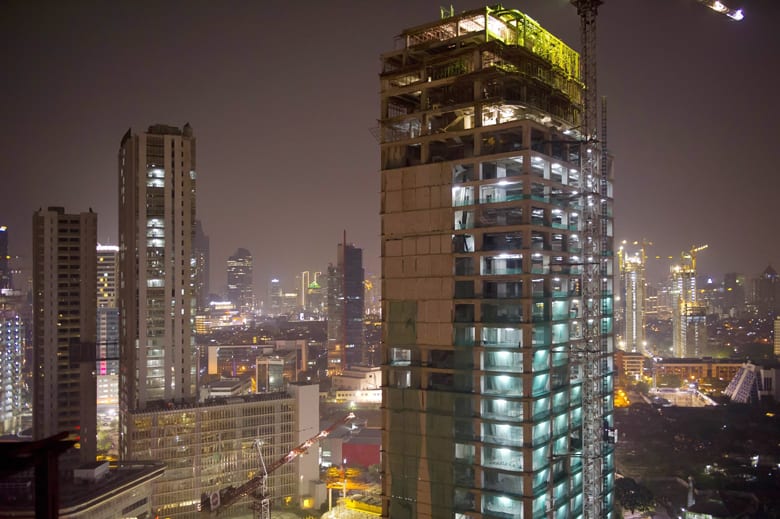

Southeast Asia’s economic boom is resulting in the emergence of a new middle class, heralding vast opportunities for global wealth management.
Since the 1970’s, growth in this region was primarily driven by exports and manufacturing.
Today, the Association of Southeast Asian Nations is on its way to become one of the world’s leading consumption hubs, fuelling demand for a variety of goods and services, including financial services.
Asean is composed of Brunei, Cambodia, Indonesia, Laos, Malaysia, Myanmar, the Philippines, Singapore, Thailand, and Vietnam.
We believe Asean’s middle class will play an increasingly important role in the shift in the balance of global demand over the next few decades, opening up new and unprecedented opportunities for the region and the world.
With about 600 million people, Asean countries represent only half of India’s population but collectively generate a larger gross domestic product. By 2020, Asean GDP is expected to grow at an annual average of 6 percent and reach $4.7 trillion.
By 2020, Asia is likely to contribute to more than half of the total global middle class population, with Asean accounting for more than $ 2 trillion of new consumption, according to the International Monetary Fund. Half of Asean’s projected population will be aged under 30.
With growing purchasing power comes greater aspirations among Asean consumers, driving stronger demand for property, cars, quality education and health care as well as financial services and wealth management.
Consumption patterns in Asean, however, are not even across this expansive and diverse region. We expect consumers in developing economies to continue directing a large portion of their disposable income towards improving general living standards whilst those in mature markets will forge ahead in consumption and investments.
For example, discretionary spending by more affluent middle class populations in Singapore, Malaysia and Thailand is far more pronounced in the region; while spending in Indonesia and the Philippines is focused on vehicles, appliances and education services to enhance quality of life.
Whilst Vietnam has the highest rate of credit card ownership, its emerging middle class is only starting to develop an appetite for luxury goods.
As populations across Asean become more affluent and the region’s emerging middle class continues to expand, there is a pressing need for services that will help individuals and families preserve, protect and perpetuate their new found prosperity.
As Southeast Asian populations age, they will need new channels to save for retirement, fund rising costs of health care and ensure adequate insurance protection in the absence of well-established social security systems.
We expect financial wealth in Asean to grow even faster than in China over the next five years, creating opportunities in international wealth and asset management. Asean has one of the highest saving rates in the world at around 30 percent and international reserves amounting to $800 billion.
While financial assets remain heavily concentrated in cash and in some markets, concentrated on single assets such as stocks, we expect investment behavior among Asean savers to eventually build a diversified portfolio of assets and move away from home biases.
Regional financial integration and market liberalization such as what is unfolding in China will allow for more efficient risk diversification of assets.
The development of its financial systems will also provide easier access to financing.
We see a future where wealth growth, protection and financing retirement, education and lifestyle needs will become priority goals for Asean consumers. It is critical that financial solutions are designed to meet these long term saving needs, offer transparency and fair value.
It is important that consumers have access to timely and relevant market information to help them make informed investment decisions either through self-directed channels or through qualified advisors.
There is also a need to ensure banking and wealth management cater to new consumer behavior.
As the new Asean working class gains greater financial independence, they seek new experiences through travel, education and employment opportunities overseas. They are also among the most active online users, accessing news and information, doing their shopping and conversations virtually — given social media’s deep penetration in the region, particularly in Indonesia, the Philippines and Vietnam.
The rise of the middle class will continue to be the big story for Southeast Asia’s economies over the coming years. The promise of growth will transform one of the most overlooked regions in the world to one of the most important.